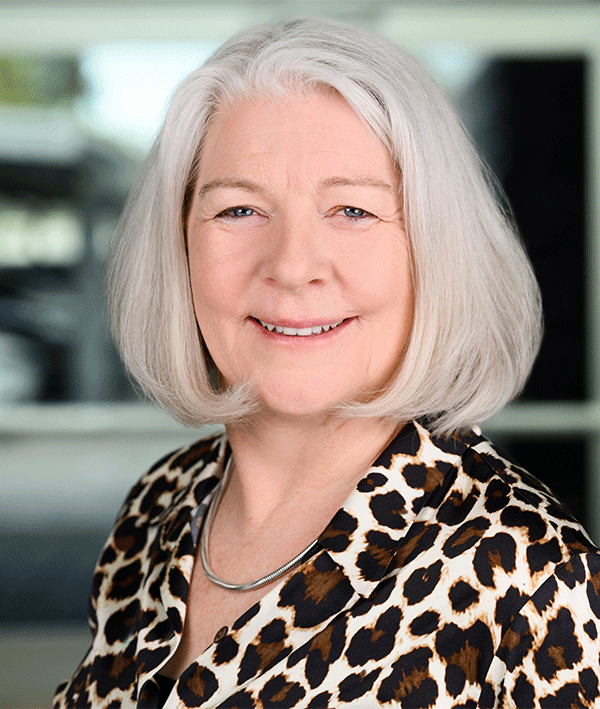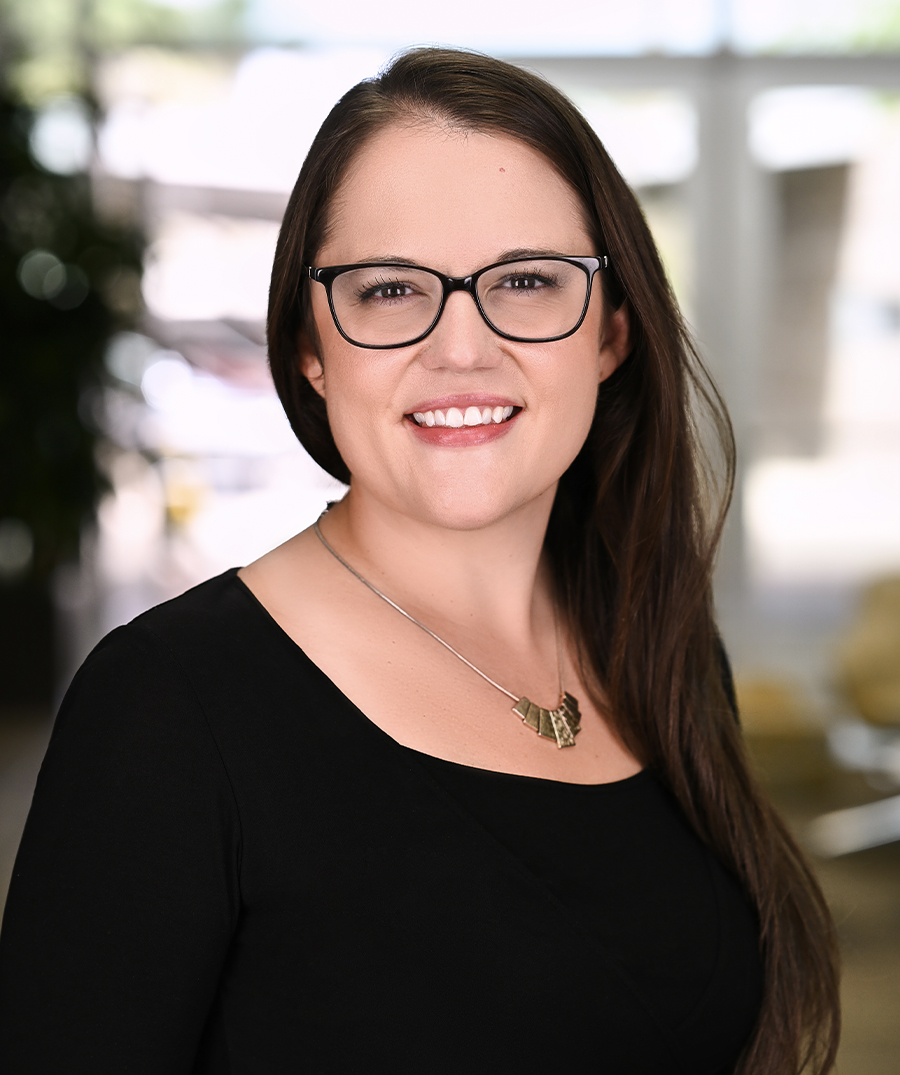New UA Corporation to advance commercialization of research discoveries
The University of Arizona is creating a nonprofit corporation that will help move innovations created at the University into the marketplace as well as develop new companies, create jobs and keep them in Arizona. Meredith Hay, UA executive vice president and provost, made the announcement Thursday at the IdeaFunding conference in Tucson.
The initiative will combine technology transfer and new business development with improved and coordinated support for businesses, colleges, faculty and others. Hay described it as building an "innovation ecosystem" at the UA.
The tentatively named University of Arizona Research Corporation, or UARC, will, over the next six months, include the functions of the existing Office of Technology Transfer, add new functions for new venture formation and will run under the auspices of the UA Foundation.



